'Joli No Udim Hitte': 5 Books to read on International Indigenous People’s Day

The International Day of the World's Indigenous Peoples, observed each year on August 9, serves as an important reminder of the many injustices that take place in the Chittagong Hill Tracts in Bangladesh. With Kalpana Chakma's unsolved abduction and Michael Chakma's release from Aynaghor still fresh on everyone's minds after the July protests, here is a list of books that explore the history, politics, and lives of the indigenous peoples residing in the Chittagong Hill Tracts.

Life Is Not Ours: Land and Human Rights In The Chittagong Hill Tracts Bangladesh
The Chittagong Hill Tracts Commission
1991
Life bears different meanings for each of us. For some, life is about living peacefully or sleeping without worry and agony, and for others, it is about trying to keep breathing in search of better air. What, then, makes life not the people's own in the Chittagong Hill Tracts?
"Life is Not Ours", a report published by the International Work Group for Indigenous Affairs (IWGIA) in 1991, is a reflection of opinions from the insurgency that took place between the 1970s-1990s. The report investigates land disputes, dispossession, and human rights violations in CHT, as well as how the resettlement of people from other parts of Bangladesh to CHT led to massive violations of the property rights of hill people.

Chakma Resistance to British Domination
Suniti Bhushan Qanungo
1998
Published in 1998, Chakma Resistance to British Domination by Suniti Bhushan Qanungo is an important documentation of the Chittagong Hill Tracts. For anyone seeking to understand the history and perennially exercised independence of CHT prior to British colonisation, this book can serve as a comprehensive starting point. It dates back to 1772-1798, when the region was autonomous and able to practise territorial power, and the Chakmas fought against the British on the pretext of tributary imposition by British authorities. The book begins with an introductory chapter of the land, the people, and their history. The writer then moves on to exploring the relationship between the Mughals and the Chittagong Hill Tracts, i.e. Kapas Mahl, and later delves into an in-depth discussion of how the character of the region changed after British occupation.
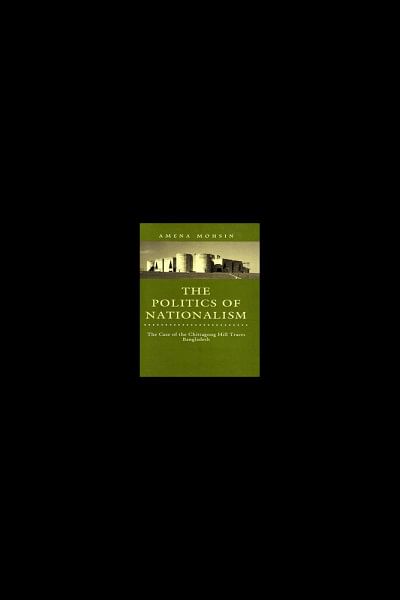
The Politics of Nationalism: The Case of the Chittagong Hill Tracts
Amena Mohsin
The University Press Limited, 1997
Marginalisation of the CHT indigenous people did not take place overnight. Amena Mohsin's The Politics of Nationalism is an important read for those wishing to understand the chronological history and politics of the region as it shifted from British, to Pakistani, and then Bangladeshi rule. The writer considers the politics of nationalism to be the root cause of the issues CHT is currently facing. Every regime that came to power has only reinforced its chokehold on the region, employing their three foremost forces—politics, economy, and the military—to accomplish the mainstream community's interests by conflating differing meanings of the nation and the state. The once independent people of CHT continue to be increasingly marginalised and alienated by each new regime compared to the previous one. This idea of nationalism further threatens their very existence, leading the people of the Hill Tracts to resort to counter-nationalism—Jumma—to demand their lost rights.
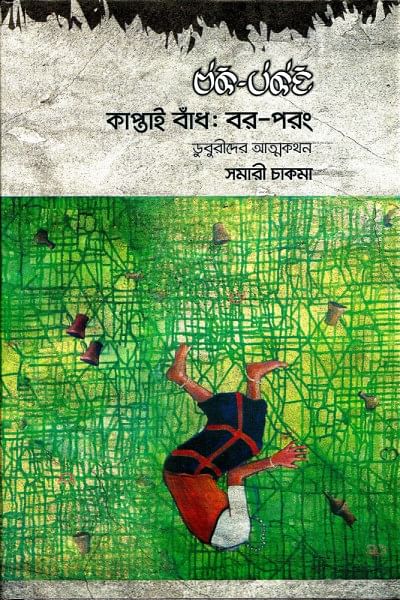
Kaptai Baadh: Bor Porong
Samari Chakma
The University Press Limited, 2024
As long as the plight of the Chittagong Hill Tracts exists, the tragedy of the Kaptai dam will be pertinent. The hydroelectric power plant project—built in 1962 on inundation of 40% of Rangamati district's land and the displacement of a significant number of people, with no effective accountability taken—was the beginning of what the devastating future held for the indigenous people of the Chittagong Hill Tracts. Kaptai Baadh: Bor Porong is a series of autobiographical accounts of the divers who were affected by the incident. Some took shelter in Thega (Bangladesh-India border), some became refugees in Mizoram, Tripura, Assam, and Arunachal, and some refused to leave, according to Rupesh Chakma, a notable singer.
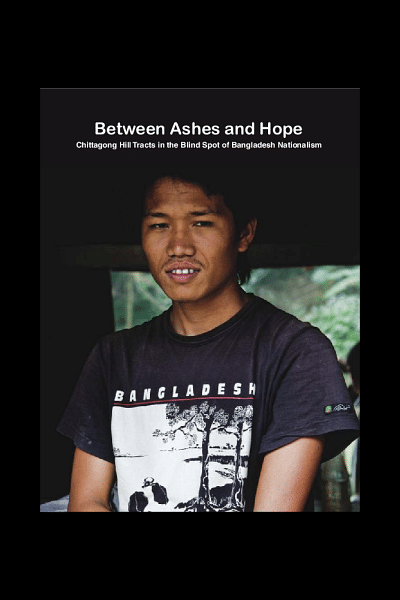
Between Ashes and Hope: Chittagong Hill Tracts in the Blind Spot of Bangladesh Nationalism
Drishtipat Writers Collective, edited by Naeem Mohaiemen
2010
The phoenix is a known and powerful symbol of hope, representing the cycle of death and rebirth, and serving as a reminder that even amid the most difficult moments, new beginnings are possible. Between Ashes and Hope is a collection of narratives from the Drishtipat Writers Collective, edited by Naeem Mohaiemen. The contributing writers describe the Chittagong Hill Tracts as the blind spot of Bengali Nationalism that "encroaches, marginalises, and displaces''. The focus on counter-narratives is pivotal to acknowledging historical injustices and fostering an empathetic understanding of the struggles of the people of CHT.
Saptojoya Chakma-Dewan is a student from the Chittagong Hill Tracts who bares her soul and cries a river for the movie Past Lives.

 For all latest news, follow The Daily Star's Google News channel.
For all latest news, follow The Daily Star's Google News channel. 


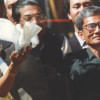
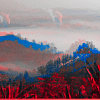

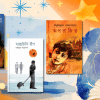


Comments